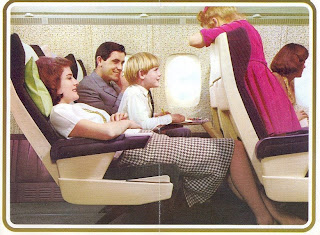“The furniture in Brazil was lacking the national identity achieved in architecture by Oscar Niemeyer, Lúcio Costa and their colleagues”. So said Sergio Rodrigues, Brazilian furniture designer extraordinaire. In 1956 Sergio Rodrigues founded ‘Oca Industries’ in Ipanema, Rio de Janeiro. A brand that for two decades was the hallmark of modern furniture in Brazil and put Brazil on the design map.

Forget the designs coming out of Scandinavia in the 50’s and 60’s which take second place to Rodrigues’ solid, almost masculine designs. These are pieces that have a presence; you cannot help but notice them for their bold organic simplicity. His work is rich in wood and leather with gutsy details that hit you in the eye. The uses of exotic woods such as jacaranda have stood the test of time, and the patinas are wonderful. They would have been perfect residing in Niemeyer’s temples of modern architecture.
The bench featured here comes from his Arcos line of furniture created for the Palácio dos Arcos in Brasilia. Sometimes referred to as the "museum bench", the model is used in the Museu da Manchete in Rio de Janeiro. This is an incredibly simple yet complex piece of furniture with its rich colour and texture.

One of Sergio Rodrigues best-known products is the “Poltrona Mole”, from 1957, which won first prize at the IV Concorso Internazionale del Móbile, Italy, in 1961. ISA, a company in Bergamo, Italy this looks to be a strong, Robust and extremely comfortable. The independent leather straps and buttons can be adjusted so that the “basket” adjusts to the user’s anatomical features.

The shelving unit below of rosewood and metal makes an architectural statement which contrasts with the fluidity of his other designs, and looks perfect to display books.

These are all definitely going onto the Savoir faire wish list!



































































